Abstract
During autoshaping, a 6-second presentation of one stimulus and a variable time 30-second presentation of a second stimulus alternated in appearance on a pigeon key. Grain always was delivered for 3 seconds at the end of the first stimulus interval. In the first experiment, autoshaped pecking of the stimulus preceding grain delivery began much sooner when that stimulus was a black vertical line on a white background and the other stimulus was green than when the opposite stimulus arrangement was used. Because these two stimuli differed in form, hue, brightness, and similarity in hue and brightness to the illumination of the raised feeder, three subsequent experiments examined whether the differential speed of autoshaping in the two groups was due to a feature-positive, feature-negative effect, a preference for brighter over darker stimuli, a simple preference for white over green, or stimulus generalization from the brightness or hue of the illuminated, raised feeder to the stimulus on the key preceding grain delivery. The data from these experiments showed that the first autoshaped key peck was most likely to be made to the stimulus of the same hue as that illuminating the feeder, regardless of whether that stimulus was positively or negatively associated with grain delivery. At least under some conditions, therefore, stimulus-generalization mediated response transfer of pecking grain in the presence of the hue illuminating the feeder to pecking the key illuminated by a similar hue appears to account for the occurrence of autoshaped key pecking.
Keywords: autoshaping, stimulus generalization, response transfer, key peck, pigeons
Full text
PDF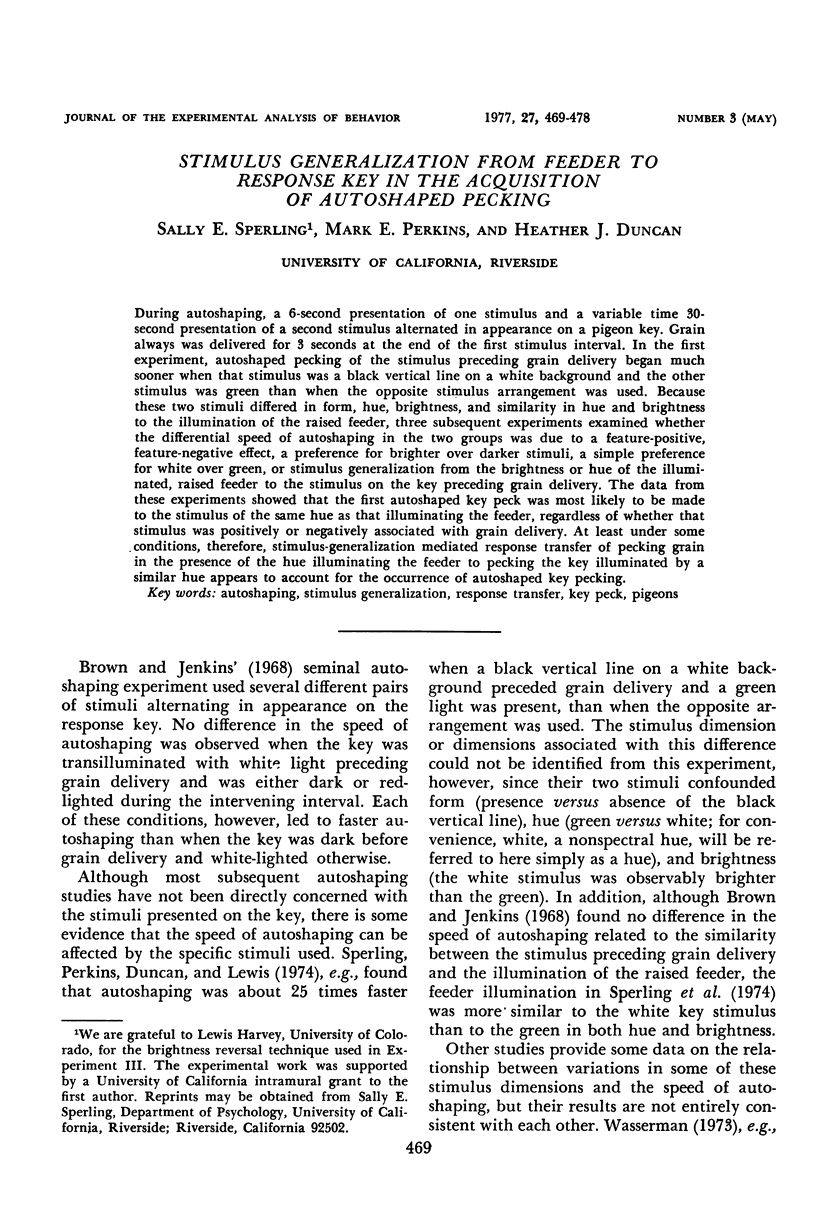
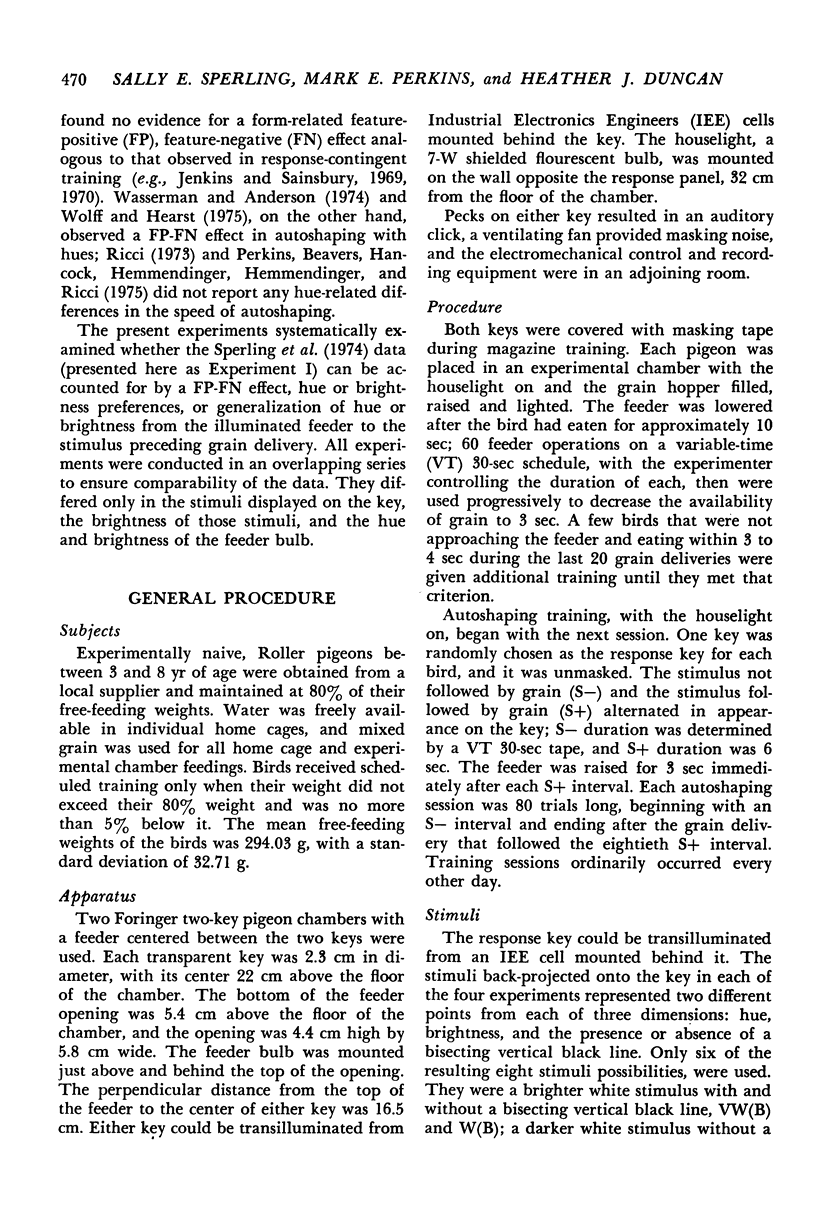

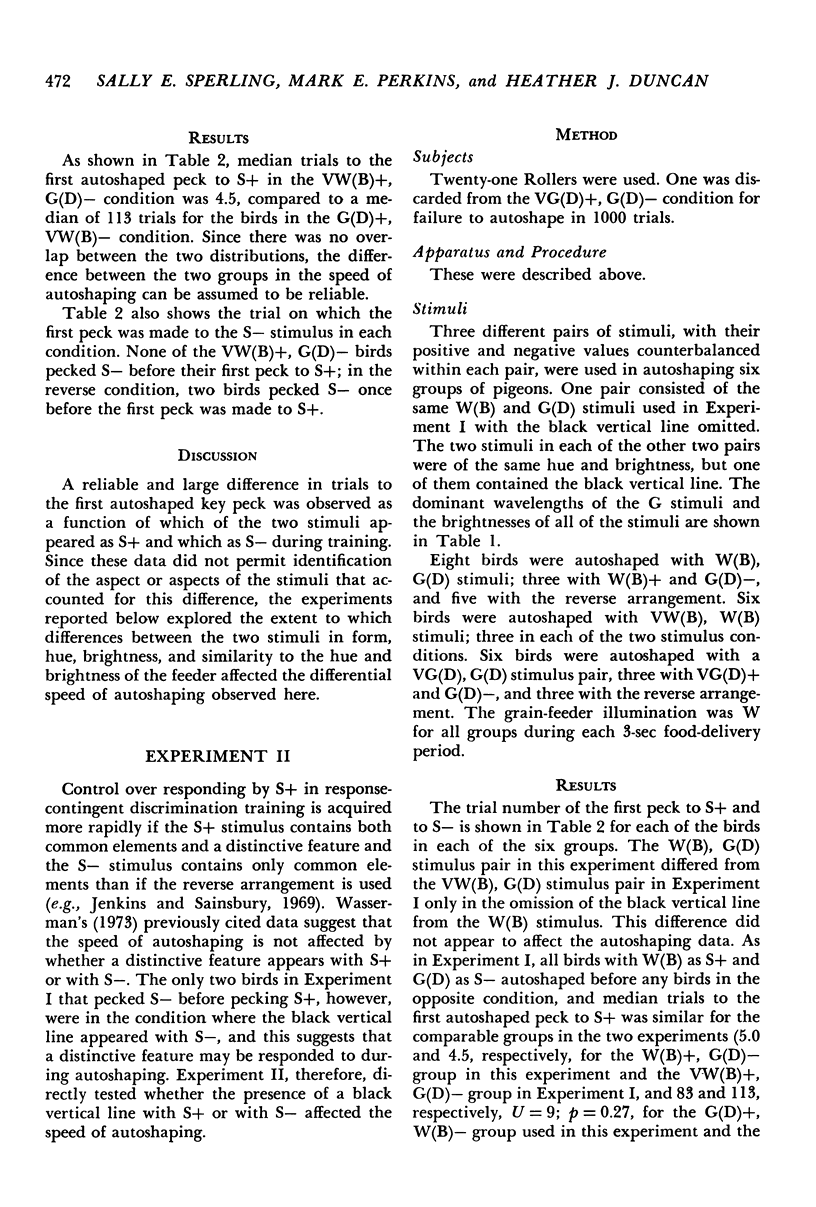
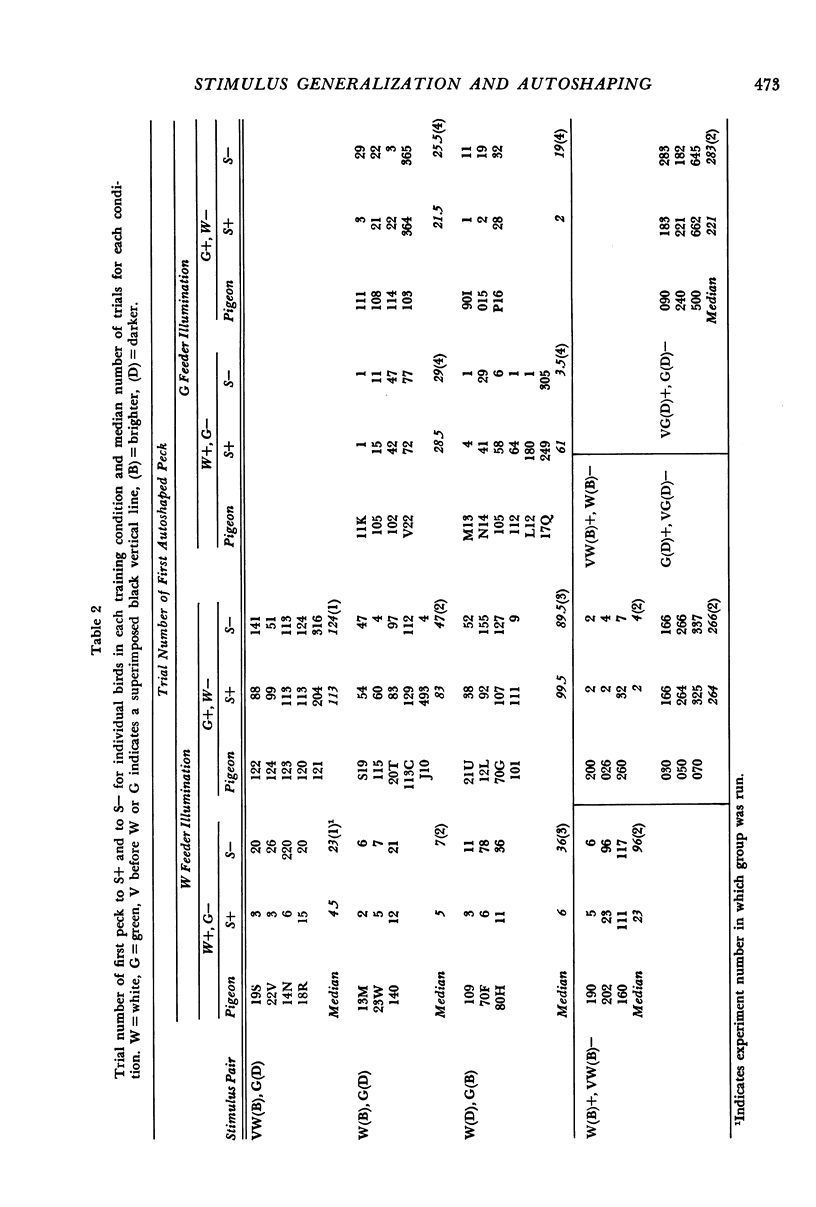
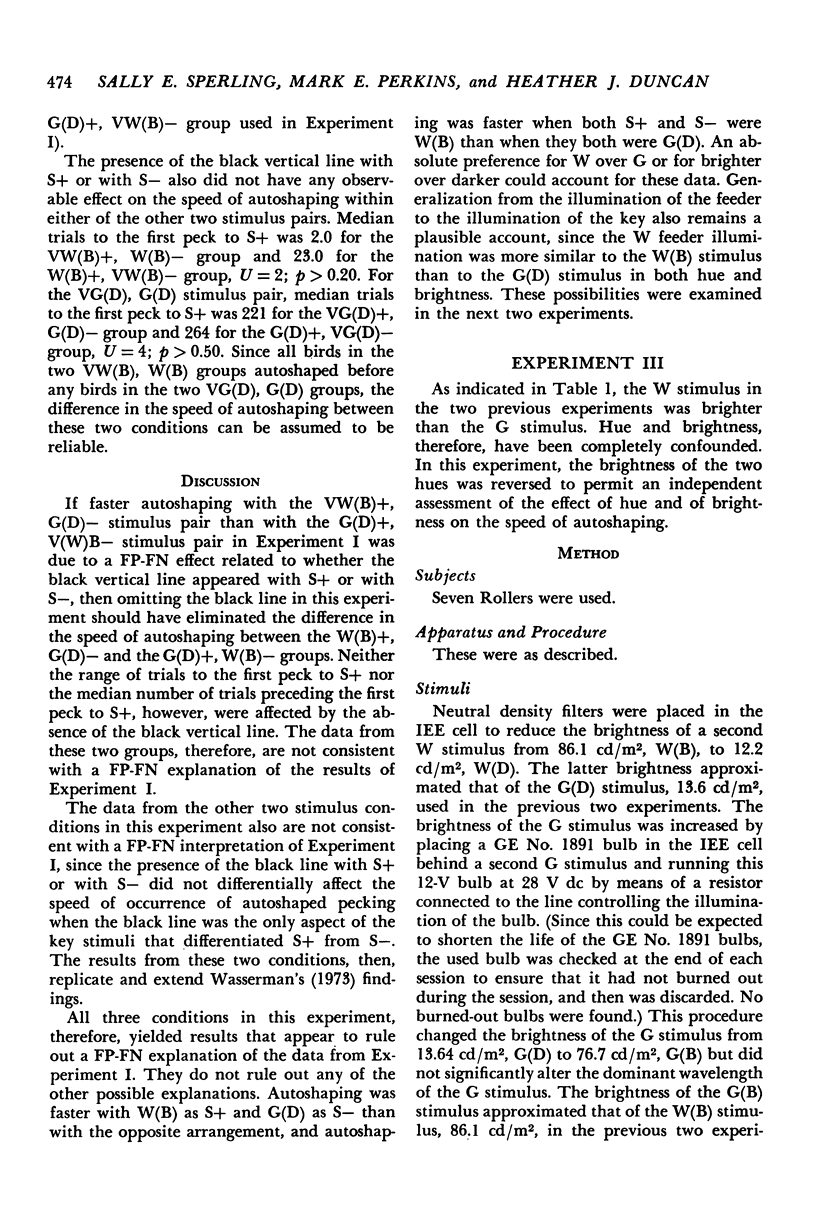
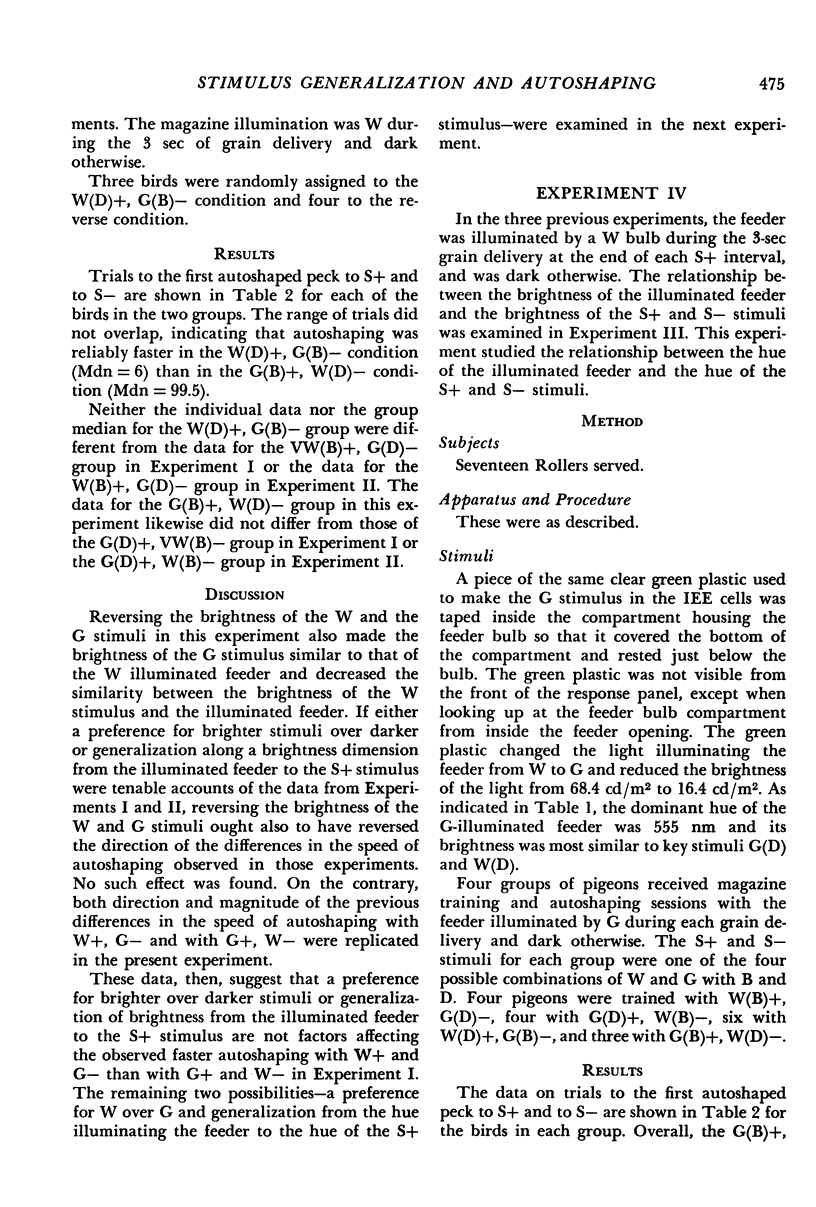
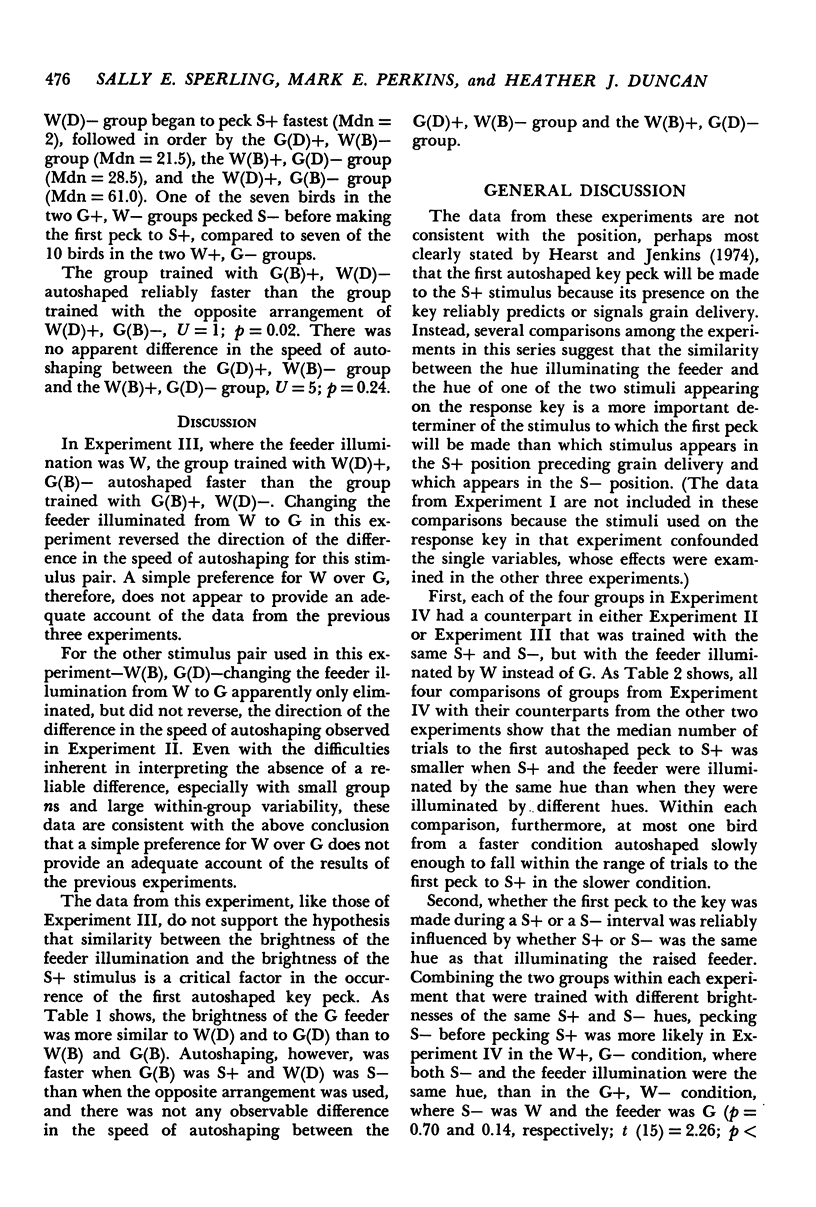
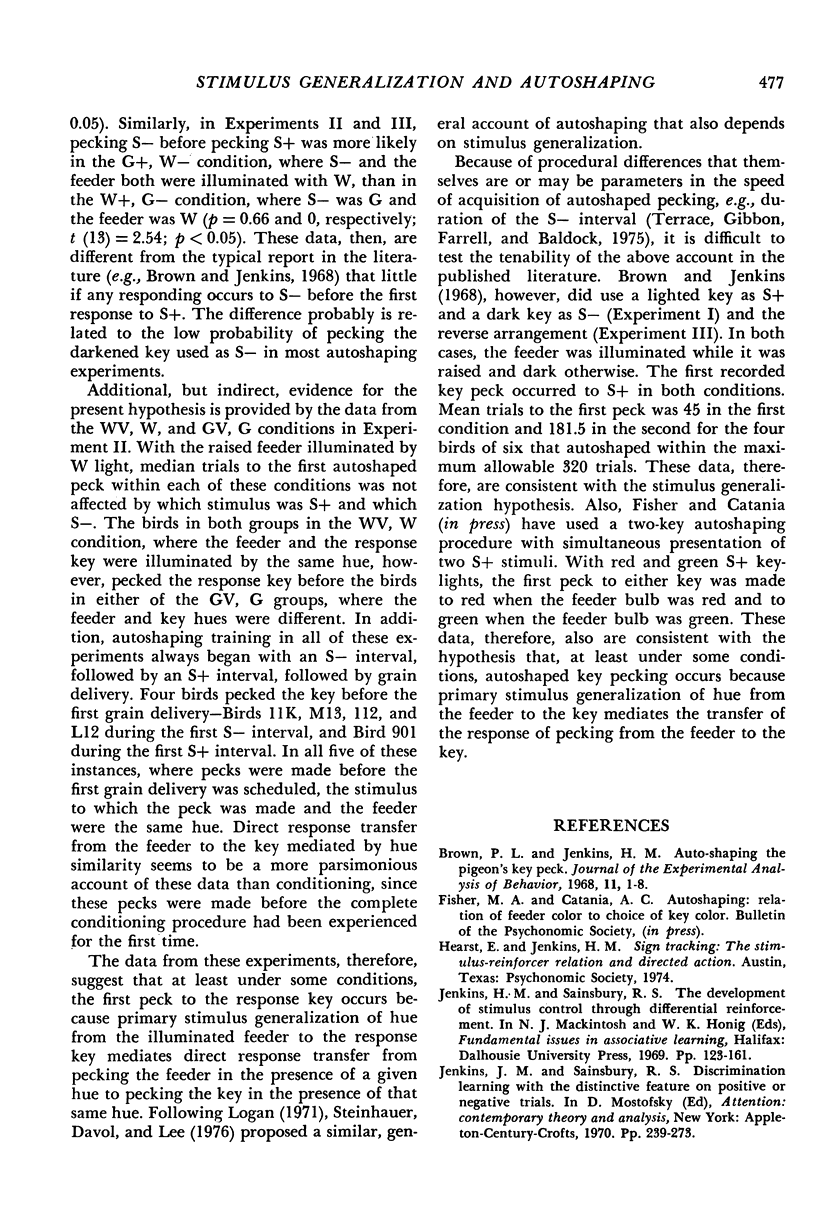
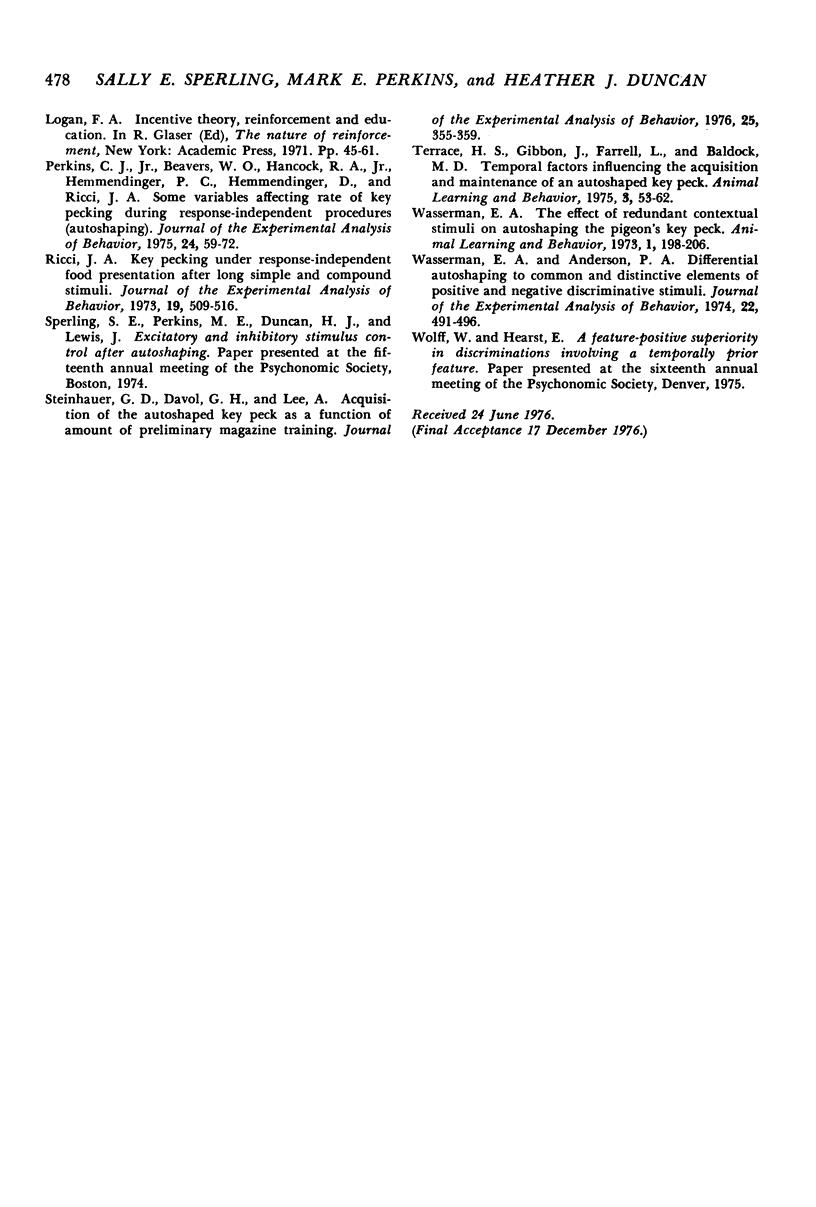
Selected References
These references are in PubMed. This may not be the complete list of references from this article.
- Brown P. L., Jenkins H. M. Auto-shaping of the pigeon's key-peck. J Exp Anal Behav. 1968 Jan;11(1):1–8. doi: 10.1901/jeab.1968.11-1. [DOI] [PMC free article] [PubMed] [Google Scholar]
- Perkins C. C., Beavers W. O., Hancock R. A., Hemmendinger P. C., Hemmendinger D., Ricci J. A. Some variables affecting rate of key pecking during response-independent procedures (autoshaping). J Exp Anal Behav. 1975 Jul;24(1):59–72. doi: 10.1901/jeab.1975.24-59. [DOI] [PMC free article] [PubMed] [Google Scholar]
- Ricci J. A. Key pecking under response-independent food presentation after long simple and compound stimuli. J Exp Anal Behav. 1973 May;19(3):509–516. doi: 10.1901/jeab.1973.19-509. [DOI] [PMC free article] [PubMed] [Google Scholar]
- Steinhauer G. D., Davol G. H., Lee A. Acquisition of the autoshaped key peck as a function of amount of preliminary magazine training. J Exp Anal Behav. 1976 May;25(3):355–359. doi: 10.1901/jeab.1976.25-355. [DOI] [PMC free article] [PubMed] [Google Scholar]
- Wasserman E. A., Anderson P. A. Differential autoshaping to common and distinctive elements of positive and negative discriminative stimuli. J Exp Anal Behav. 1974 Nov;22(3):491–496. doi: 10.1901/jeab.1974.22-491. [DOI] [PMC free article] [PubMed] [Google Scholar]


